Introduction
Perched on the edge of the Thar Desert in Rajasthan, India, Jodhpur is famously dubbed the Blue City. Seen from above—especially from Mehrangarh Fort—countless houses painted in cool shades of indigo spread across the old town, giving this historic city its striking identity.
Founded in 1459 by Rao Jodha, Jodhpur soon became the stronghold of the Rathore dynasty. The vibrant blue homes were originally painted by Brahmins for social status and practical cooling in the hot climate—but today they define the city’s character and photographic appeal.
Best Time to Visit
Ideal months: October to March, when daytime temperatures linger around 20–25 °C. Avoid the intense summer heat (April–June) and the monsoon months (July–September).
Festivals: Don’t miss the Rajasthan International Folk Festival in October or the World Sufi Spirit Festival in February, both hosted at Mehrangarh Fort.
How to Get There & Where You Are
By air: Jodhpur Airport is well connected to Delhi, Mumbai, and Jaipur.
By train: The central Jodhpur Junction connects with major cities across India.
By road: Buses and private cars from Jaipur (≈350 km) and Udaipur (≈260 km).
Jodhpur sits roughly 240 m above sea level, in semi‑arid climate, with dry days and cooler nights during winter.
Must-See Attractions
Mehrangarh Fort
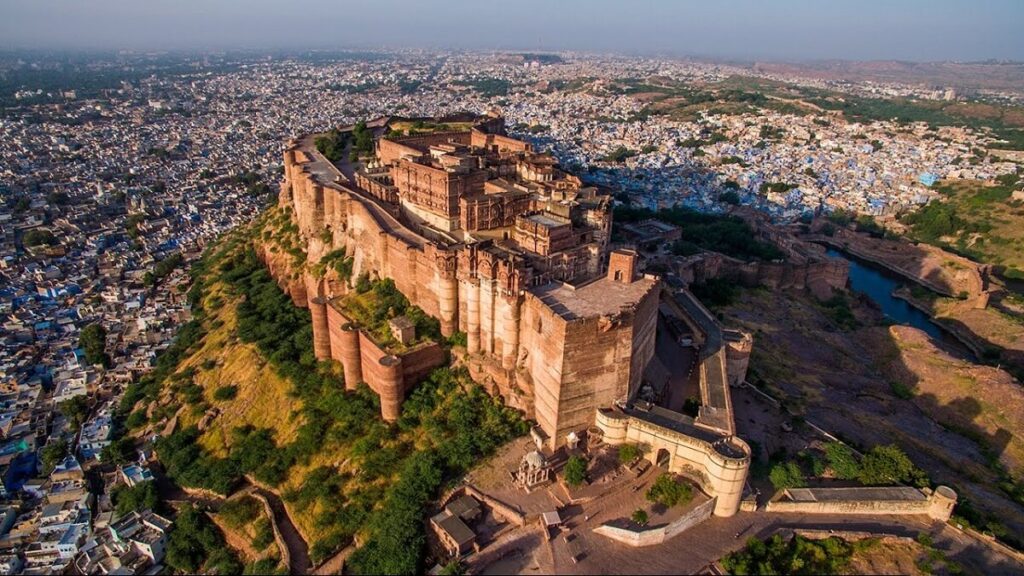
Dominating the skyline, this sprawling 486‑hectare wartime fortress was established in the 1450s. With seven massive gates like Jai Pol and Fattehpol, inner palaces (Sheesh Mahal, Phool Mahal), and the Mehrangarh Museum filled with royal artifacts, weaponry, costumes, paintings, and turbans—it’s the crown jewel of Jodhpur.
Entry fee: ₹70–100 for Indians, ₹600 for foreigners. Plan 2–3 hours here.
Extras: Try zip‑lining with Flying Fox Jodhpur for a thrilling aerial view over the fort walls.
Jaswant Thada
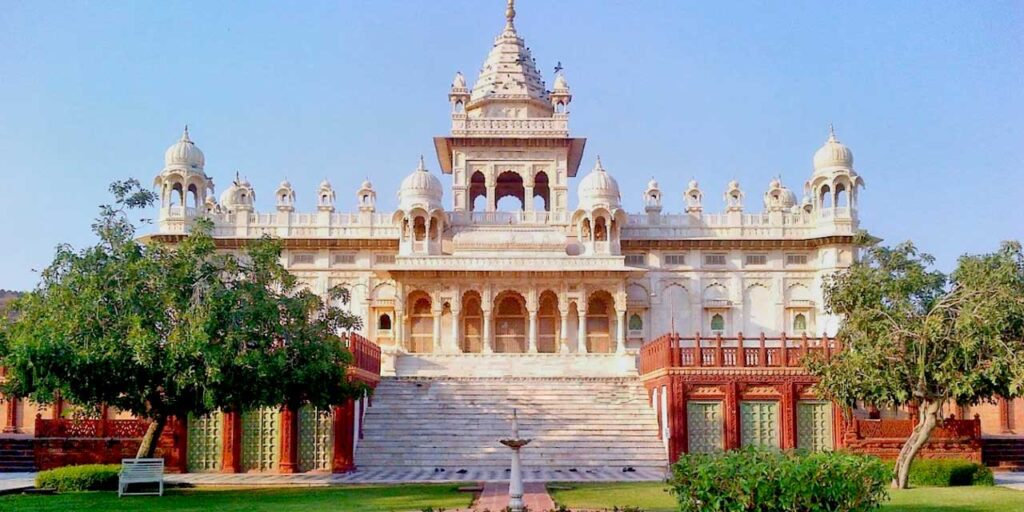
A serene white-marble cenotaph built for Maharaja Jaswant Singh II. The glowing Makrana marble pavilion reflects tranquilly in its adjoining lake gardens—earning comparisons to a miniature Taj Mahal. Entry is minimal, peaceful and quick to explore.
Umaid Bhawan Palace
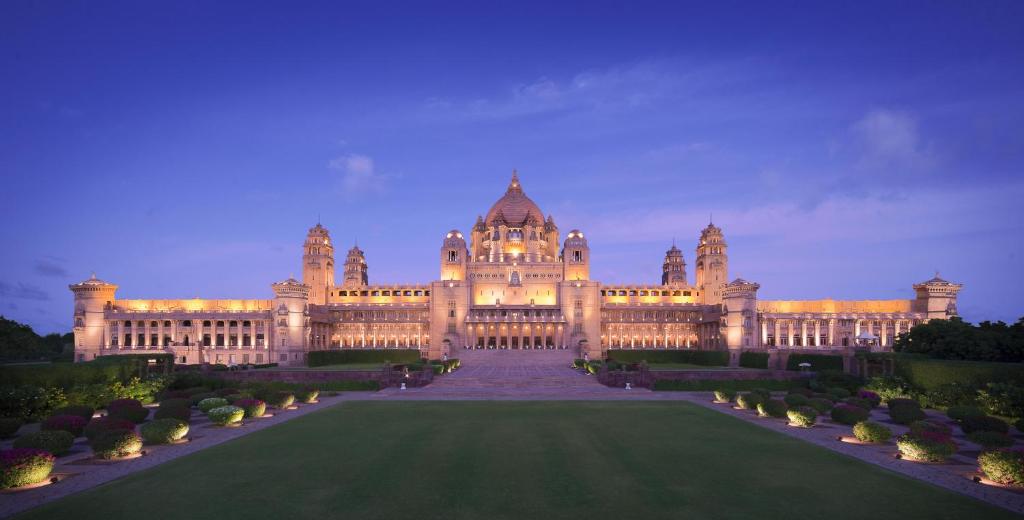
A majestic palace‑museum still partly inhabited by the royal family, featuring grand architecture combining Indian and colonial styles. Visit its museum galleries or opt to stay overnight at the luxury hotel inside the palace grounds.
Rao Jodha Desert Rock Park
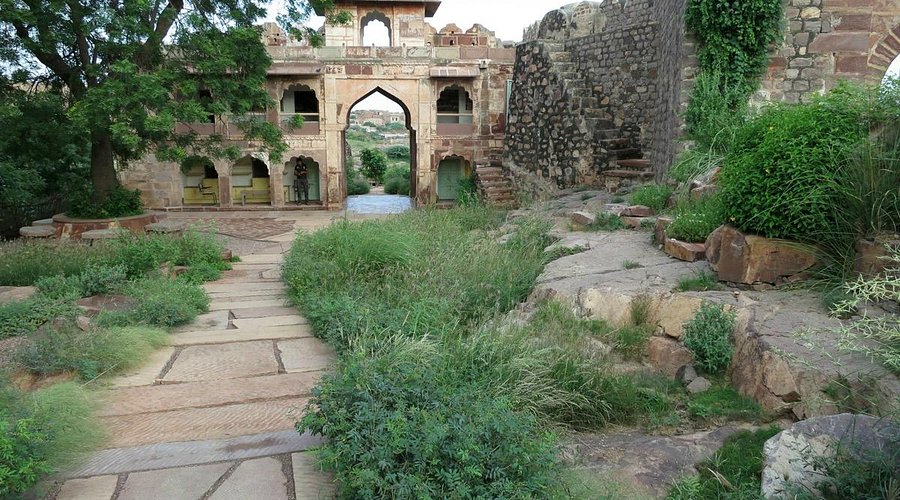
Adjacent to the fort, this 70‑hectare landscaping project revives native desert flora. Walking trails among sandstone rocks offer a peaceful, natural counterpoint to the city’s bustle. Great for nature lovers and birdwatching.
Ghanta Ghar & Sardar Market
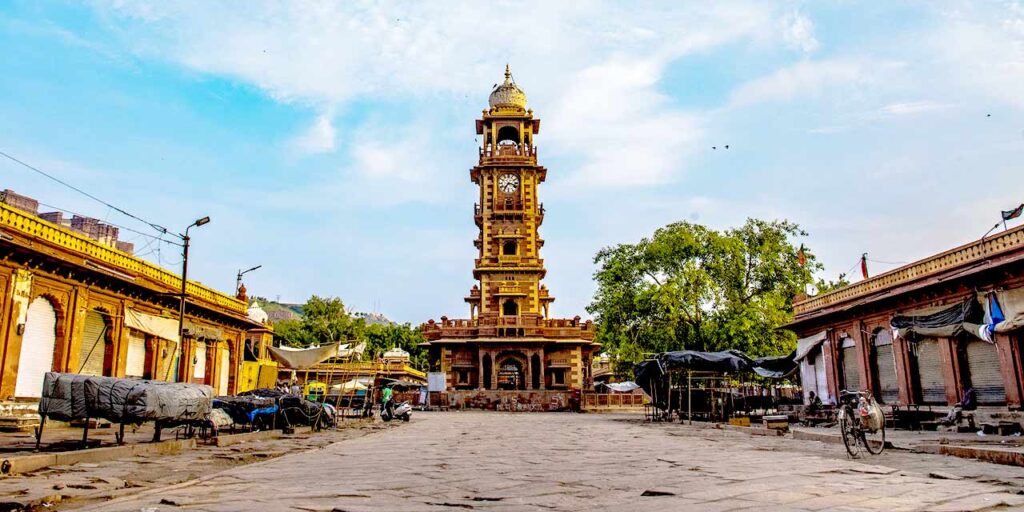
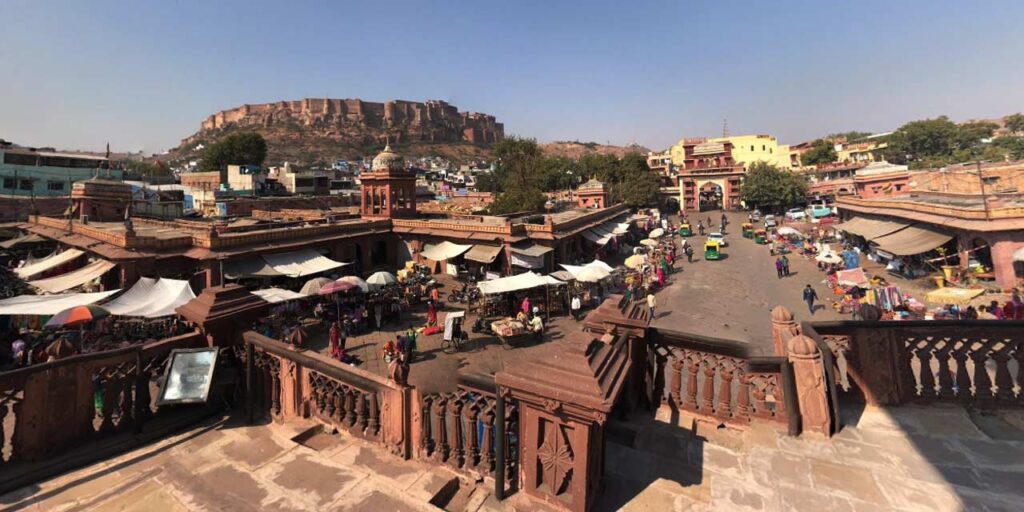
The landmark Clock Tower (Ghanta Ghar) built in 1910 houses a busy market square. Surrounding bazaars—Sardar Market, Tripolia Bazaar, Nai Sarak, and Mochi Market—burst with textiles, spices, juttis, handicrafts, and antiques. Best place to shop and soak the local rhythm.
Toorji Ka Jhalra
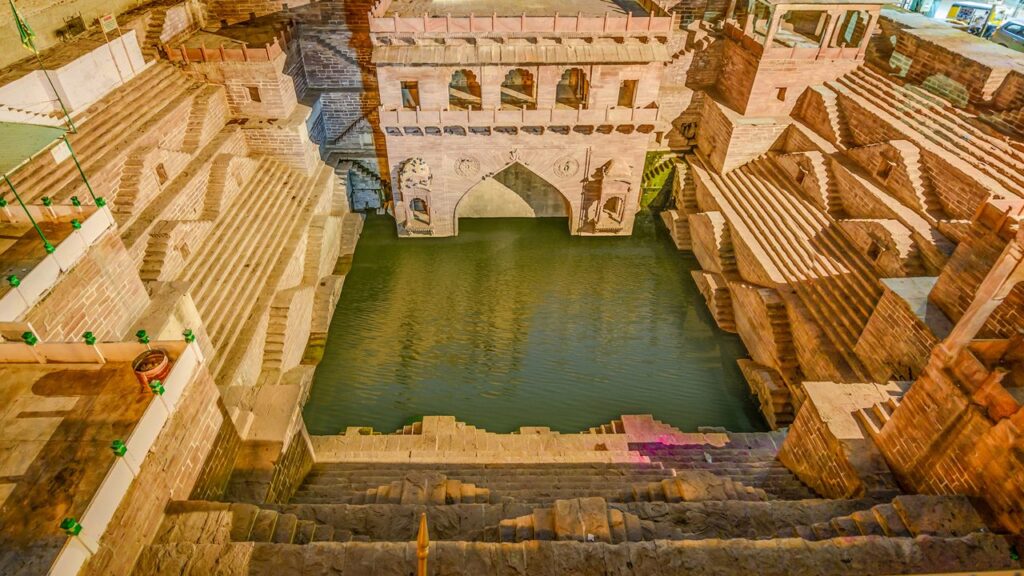
A beautifully restored 18th‑century stepwell just a short walk from the Clock Tower. The geometric sandstone stairs are a favorite photo spot. Free to visit, often buzzing with local life below the old city lanes.
Pachetia Hill
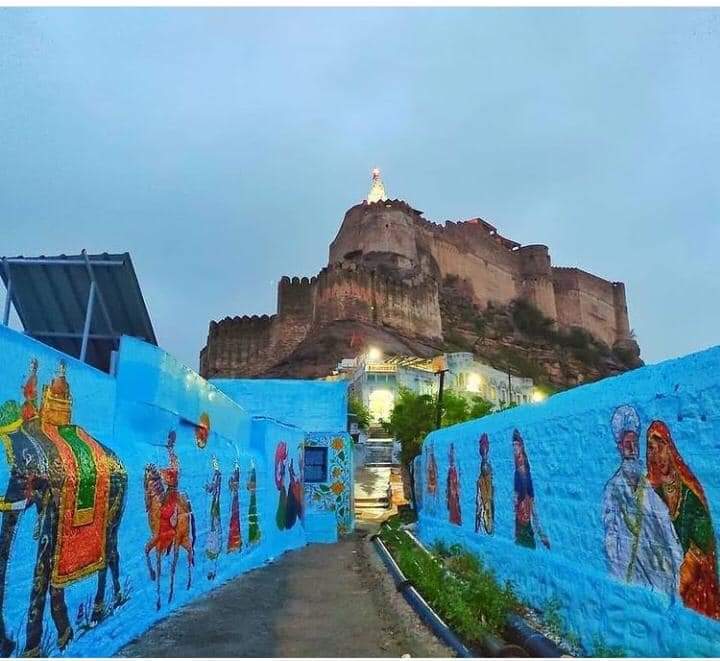
Just behind Mehrangarh, climb this short hill for a sweeping sunset view over the blue rooftops. Mosaic murals and street art add charm—go early morning or late afternoon to avoid the heat.
Kaylana & Balsamand Lakes
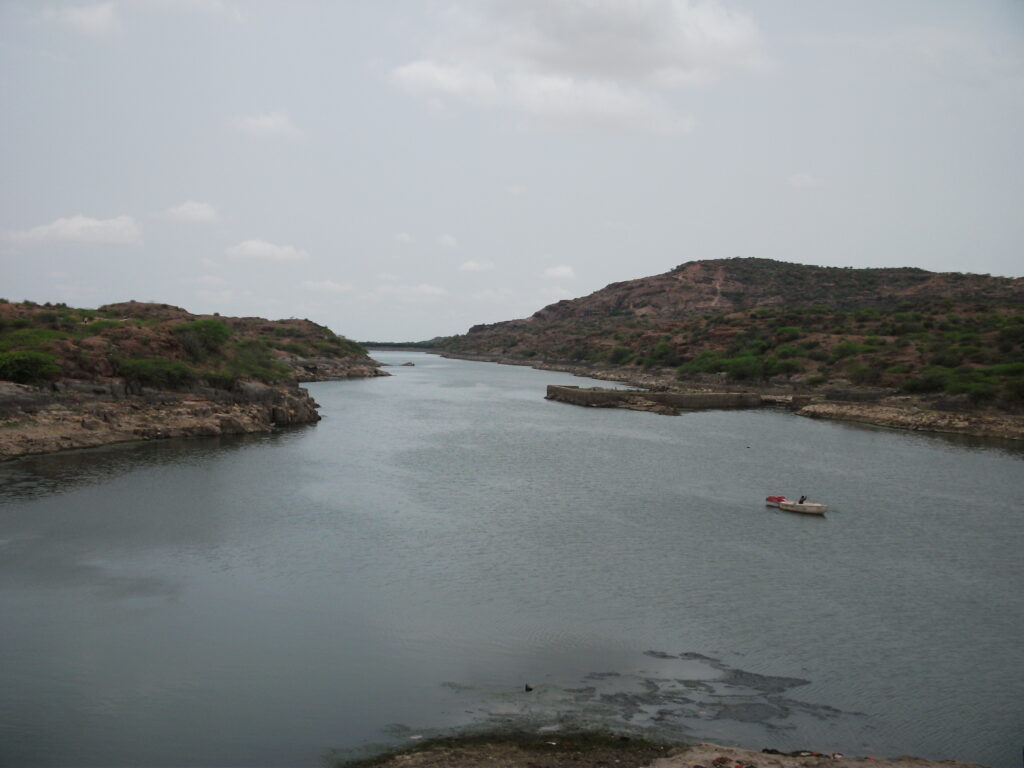
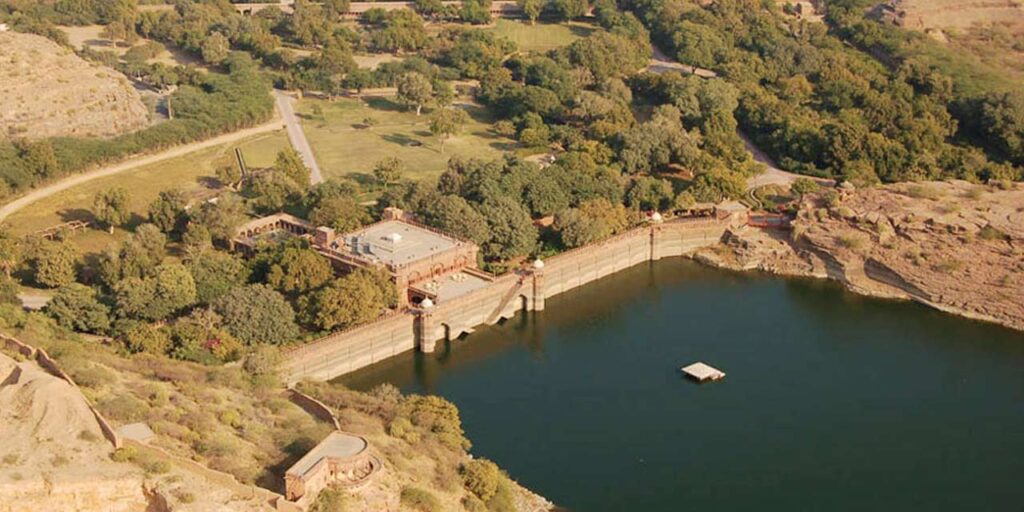
Kaylana Lake: ~8 km north-west, a peaceful artificial water body. Boat rides and winter bird watching are highlights. Entry free.
Balsamand Lake: ~5 km away, created in 1159 and surrounded by gardens and summer palaces—ideal for a picnic and serene escape.
Mandore Garden
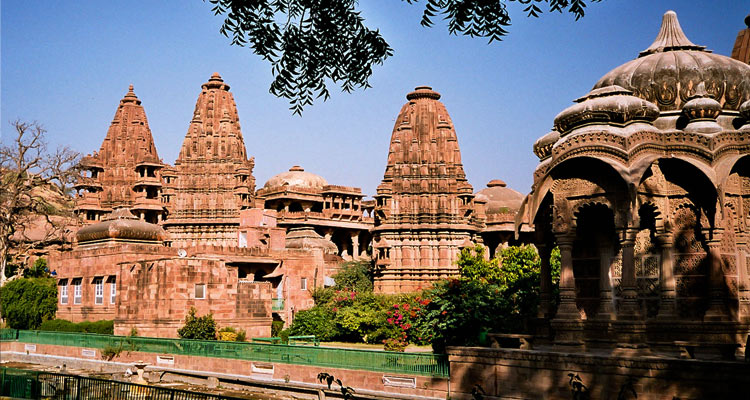
Once the capital of Marwar, Mandore offers historic cenotaphs, temple ruins, and manicured gardens just outside Jodhpur—an easy half‑day outing for culture and nature lovers.
Itinerary Suggestions (2‑Day Sample)
Day 1
Morning: Start at Mehrangarh Fort (plus zip‑lining if adventurous)
Midday: Visit Jaswant Thada
Lunch: Street food at Sardar Market (Mawa Kachori, Mirchi Vada, Onion Kachori)
Afternoon: Walk Toorji Ka Jhalra & explore old lanes
Evening: Sunset at Pachetia Hill
Day 2
Morning: Browse bazaars (Nai Sarak/Tripolia Bazaar)
Midday: Visit Umaid Bhawan Palace (museum or rooftop dining)
Afternoon: Drive out to Kaylana Lake (boat ride & birds)
Sunset: Mandore Gardens or Balsamand Lake
Optional: Catch a folk show at Mehrangarh or rooftop dinner near Clock Tower
Accommodation Options & Budget
Where to stay: Ideally in the old city near Clock Tower and Toorji Ka Jhalra for walkable access to main sites and markets.
Budget (~₹800–1,500/night): Guesthouses and hostels (e.g., Kesar Heritage, Shri Ram Excellency, Zostel)
Mid‑range (~₹1,500–4,000/night): Heritage havelis such as Pal Haveli, Krishna Prakash, Haveli Inn.
Luxury (₹4,000+): Raas Jodhpur, Taj Hari Mahal, or even palace stay at Umaid Bhawan for a royal experience.
Daily Budget Estimate
| Category | Approximate Cost (₹) |
|---|---|
| Accommodation (mid‑range) | 1,500–3,500 |
| Entrance fees & activities | 300–600 |
| Meals & snacks | 600–1,000 |
| Local transport (autos/tuk‑tuk) | 200–400 |
| Shopping souvenirs | Varies (~500–1,500) |
| Estimated total per day | ₹2,500–5,000 |
For a mid‑range 2 – 3‑day trip (excluding high-end lodging), expect a budget of ₹6,000–12,000 per person
Eat Local without Breaking the Bank
Gypsy Restaurant: Vegetarian thali for ₹400–600 (delicious and generous).
Gopal Rooftop: Great views by Mehrangarh, meals ₹200–400.
Local snacks & sweets: Mawa Kachori at Janta Sweet Home, Mirchi Vada & Pyaaz Kachori at Sardar Market and lanes around Ghanta Ghar for ₹20–50 each.
Other options: Sankalp (South Indian), The Plant Story café (~₹200–600) for varied cuisines.
Getting Around
On foot: Perfect for exploring the old town, stepwells, markets, and Pachetia Hill.
Auto-rickshaws/tuk-tuks: Widely available for short trips; always negotiate fare up front.
Taxis: For far sites like lakes and Mandore.
Many hotels can arrange shared taxis or guided tours at economical group rates.
Travel Tips & Cultural Notes
Clothing: Dress modestly—shoulders covered, knees. Light layers work well in winter and summer evening chill.
Hydration: Carry bottled water in warmer months; avoid midday sun.
Haggling: Bargain in markets, but avoid tourist traps—opt for shops in Tripolia or Nai Sarak for fair pricing.
Health: Stick to cooked foods, avoid raw salads or street ice. Food standard is generally good, but street vendors vary.
Safety: Jodhpur is relatively safe. Stay cautious at night in poorly lit lanes, especially solo travelers.
Why Jodhpur Stands Out
Photographer’s paradise: Sea of blue rooftops, majestic palaces, and sunset vistas.
Rich history: The living legacy of the Rathore kings through fort, museums, and royal architecture.
Warm hospitality: Heritage-style haveli stays, rooftop dining, and genuine Rajasthani hospitality.
Cultural immersion: Folk music performances, lively markets, and authentic cuisine.
Affordable adventure: From budget street eats to boutique heritage stays—Jodhpur caters to all.
Closing Thoughts
Jodhpur—the Blue City—is a unique confluence of color, history, culture, and desert beauty. Whether you’re journeying on a shoestring or treating yourself to a royal palace stay, Jodhpur warmly welcomes every traveler. From Mehrangarh’s grandeur to the bustling bazaars, serene stepwells to lakeside sunsets, the city offers an immersive experience of Rajasthan’s timeless charm.